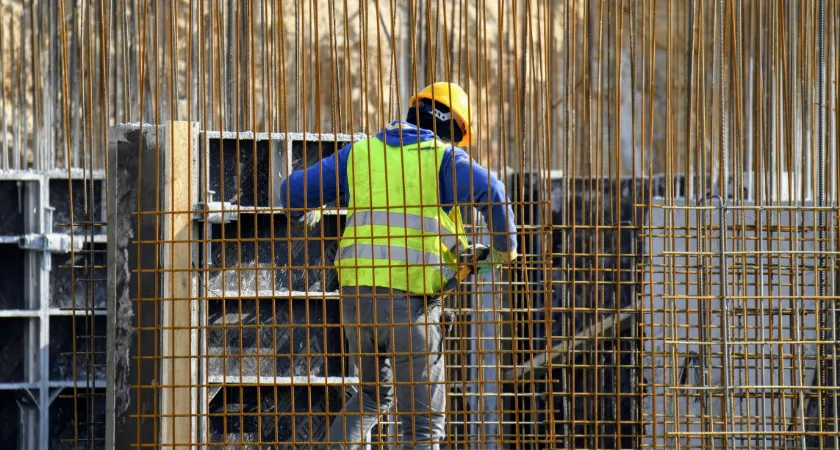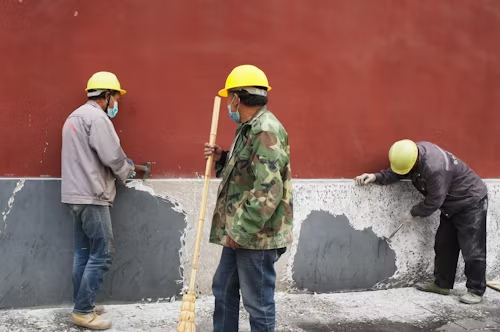
The U.S. construction industry is showing fresh signs of strain, with the sector slowing to its weakest point in five years. Despite a modest rise in housing starts, the sustained drop in building permits suggests trouble ahead for new development and broader economic momentum.

In June, housing starts increased by 5.2% following a 5.9% jump in May, offering a temporary boost. However, the number of building permits — a critical forward-looking indicator of future construction activity — fell for the fourth consecutive month, marking its lowest level since 2019.
The downward trend closely mirrors shifts in U.S. monetary policy. The housing market began cooling in 2022, almost in lockstep with the Federal Reserve’s aggressive interest rate hikes. While the Fed’s rate cuts late last year briefly slowed the decline, they did not reverse it. Instead, the market has continued to slide in 2025, reflecting both higher borrowing costs and weakened demand.
Pressure is also visible in housing affordability and sales prices. The median price of a new home sold in June was $401,800. Aside from a dip to $397,600 in November 2024, this is the lowest figure in four years. Compared to peak prices, the current decline amounts to 6.5%. While that figure remains well below the 15% price drop recorded between March 2007 and the start of the global financial crisis in September 2008, the downward trend has economists and industry leaders concerned.

Falling home values also have a ripple effect beyond construction. Since Americans often rely on the equity of their homes to access new loans, a weakening housing market can tighten household spending power and drag on broader economic activity.
“Americans can take out new loans based on the value of their homes, so the decline in sales and prices is a wake-up call,” noted housing analysts tracking the data. “Currently, the price decline is 6.5% compared to 15% between the peak in March 2007 and the start of the global financial crisis in September 2008. There is still room for manoeuvre, but it would not be superfluous to look at this situation with concern right now.”
Industry observers caution that if interest rates remain elevated, new construction may continue to slow, squeezing developers, contractors, and workers alike. At the same time, lower supply of new housing could further strain affordability for families seeking entry into the housing market.
The coming months will be critical as builders weigh whether to pull back further on projects, and policymakers assess whether additional rate adjustments are needed to stabilize the housing sector without deepening the slowdown.
Originally reported by Alexander Kuptsikevich in Fxstreet.